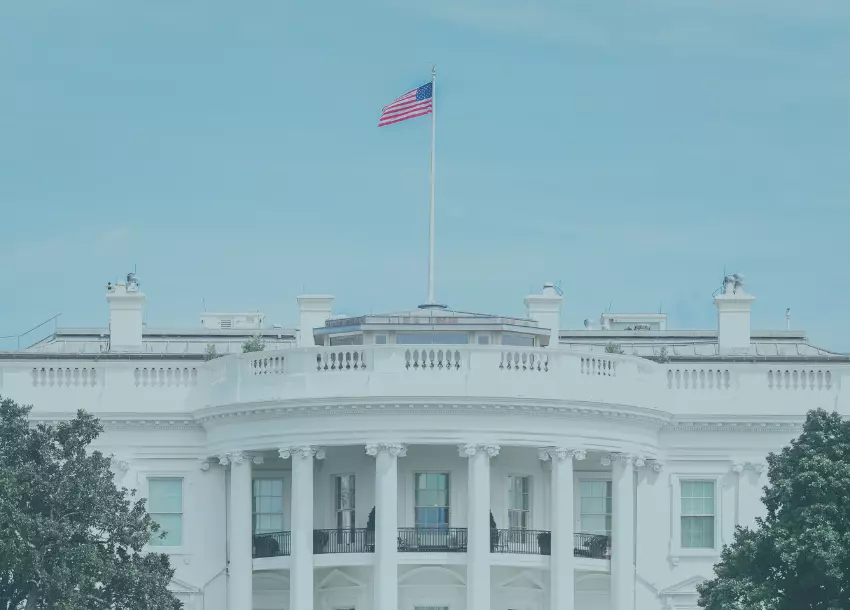Declaratory Judgment Action Provides Reminder of Factors Considered by the Court in Assessing Coverage
Owners Insurance Company issued a commercial general liability policy (CGL) to Cruz Accessories, a/k/a H&C Corp.(Cruz). The policy included standard language relating to Owners’ right and duty to defend Cruz, including the duty to defend a claim for advertising injury. There were, of course, certain exclusions to that coverage.
An action was filed against Cruz alleging Cruz infringed on another entities’ copyrights by copying, distributing, displaying, selling and reproducing jewelry designs owned by that entity. Cruz gave notice of the underlying lawsuit to Owners, pursuant to which Owners provided a defense. Owners subsequently issued a reservation of rights letter following which it filed this declaratory judgment action seeking an order of the court determining it had no duty to continue to defend and thus no duty to indemnify Cruz. On Owners’ motion for summary judgment, the United States District Court offered some brief procedural and substantive reminders to practitioners. Owners Insurance Company v. Cruz Associates a/k/a H&C Corp., et al, 2018 WL 4654704 (September 27, 2018).
1. Timing of a Motion for Summary Judgment/Discovery
Cruz argued Owners’ motion was premature, as no discovery had been conducted in the declaratory judgment action. The court rejected that argument. Acknowledging summary judgment is ordinarily appropriate only following the opportunity for adequate discovery, the court reminded that discovery is not essential where it will not provide unavailable facts required by the opposition and the matter is one purely at law. Here, the insurance policies, reservation of rights letter and complaint in the underlying action were all properly before the court, constituting the documents required for a disposition of the issues. The court determined no amount of discovery would change the legal conclusions based on those documents.
2. Reservation of Rights Letter/Waiver/Estoppel
Cruz argued the reservation of rights letter was not timely issued, and failed to preserve Owners’ position as to coverage. The underlying case was filed in August 2016, counsel was appointed for Cruz by early January 2017, and the reservation of rights letter was served in early November 2017. Additionally, the summons in the present action was executed in September 2017, thereby providing Cruz of Owners’ position as to coverage. Thus, Cruz had adequate and timely notice of Owners’ position.
Cruz argued Owners’ delay in providing its reservation of rights letter establishes waiver and estops Owners’ challenges to coverage. Our courts have repeatedly held coverage cannot be created by waiver. Additionally, it is well established that estoppel requires a party to establish detrimental reliance on the other party’s representations or conduct. Cruz failed to establish any detrimental reliance upon the provision of a defense attorney by Owners. Instead, Cruz supported its position upon the mere passage of time between the provision of counsel and the reservation of rights letter. The court was not persuaded; such a time lapse simply does not establish detrimental reliance.
Cruz next argued the reservation of rights letter failed to provide adequate notice of Owners’ intent to assert defenses to coverage. The court likewise rejected this argument, finding the reservation of rights letter clearly set forth the grounds for Owners’ position.
3. Coverage/General Rules of Contract Construction
There are myriad cases holding that insurance policies are subject to the general rules of contact construction, many of which have been addressed by this author. If the terms of a policy are ambiguous or conflicting, the language must be interpreted to favor the insured. If, however, there is no ambiguity, the court must apply the clear and ordinary meaning of the words of the policy.
Here, in order to establish coverage, the policy required an advertising injury to be in the insured’s advertisement, specifically excluding infringement of copyright, patent, trademark or other intellectual property from coverage. Because the underlying case rests solely on copyright infringement, the court determined there was no coverage under the CGL.
It is important to note that even if an alleged wrong is covered as an advertising injury, any injury must arise from advertising; an infringement claim is not covered simply because the infringing device was advertised. Stated differently, where the only causal connection is the advertisement of the infringing items, there is no coverage.
While Cruz does not provide any modification of precedent or establish any new law, it provides practitioners with clear and succinct factors the court will consider when examining coverage.
Click the above link to subscribe to
Nexsen Pruet's TIPS Alert.
Cheryl D. Shoun is a trial attorney and certified mediator whose experience includes construction law, insurance defense, personal injury defense, employment litigation and medical malpractice. As a frequent writer, she serves as editor for Nexsen Pruet's TIPS: Torts, Insurance and Products Blog.
About Maynard Nexsen
Maynard Nexsen is a full-service law firm of 600+ attorneys in 31 locations from coast to coast across the United States. Maynard Nexsen formed in 2023 when two successful, client-centered firms combined to form a powerful national team. Maynard Nexsen’s list of clients spans a wide range of industry sectors and includes both public and private companies.
Related Capabilities







